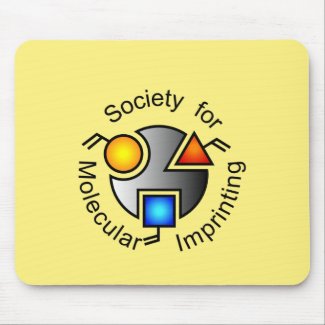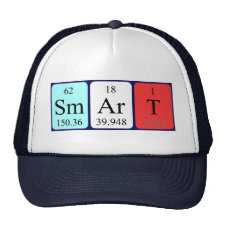
Authors: Ulbricht M, Malaisamy R
Article Title: Insights into the mechanism of molecular imprinting by immersion precipitation phase inversion of polymer blends via a detailed morphology analysis of porous membranes.
Publication date: 2005
Journal: Journal of Materials Chemistry
Volume: 15
Issue: (14)
Page numbers: 1487-1497.
DOI: 10.1039/b416186f
Abstract: Porous membranes have been prepared by immersion precipitation phase inversion of cellulose acetate-sulfonated polysulfone (CA-SPS) blends with the compositions 85 : 15, 95 : 5 and 100 : 0 (wt%), and molecularly imprinted polymer ( MIP) materials, prepared with the fluorescent dye Rhodamine B ( RhB), and Blanks, prepared without the template RhB, have been analysed by scanning force microscopy ( SFM), scanning electron microscopy ( SEM) and gas adsorption isotherm method ( BET). RhB binding data from solid phase extraction experiments allowed an estimation of imprinting efficiency as a function of blend composition: 95 : 5 > 85 : 15 > 100 : 0. SEM revealed an asymmetric cross-section morphology with nodules in the top layer and macrovoids in the support layer which indicated instantaneous demixing as the overall mechanism of polymer solidification. SEM at high resolution and SFM enabled a detailed analysis of the top layer morphology, in particular the estimation of the nodule size. Overall, significant differences in pore structure between MIP and Blank, as a function of the polymer blend composition were found; the magnitude of these differences, measured by SEM, SFM and BET, clearly correlated with the imprinting efficiency. For the CA- SPS 95 : 5 blend, the characteristic nodule size was much smaller for the MIP than for the Blank. Hence, the fixation of imprinted sites occurred mainly in small polymer particles, which were formed during a very fast demixing upon contact with the non-solvent. Further, the addition of the template to the CA-SPS blend solution seemed to facilitate the demixing after contact with the precipitation bath water, presumably via a complexation of the RhB with the sulfonic acid groups of SPS
Template and target information: Rhodamine B, RhB



Join the Society for Molecular Imprinting

New items RSS feed
Sign-up for e-mail updates:
Choose between receiving an occasional newsletter or more frequent e-mail alerts.
Click here to go to the sign-up page.
Is your name elemental or peptidic? Enter your name and find out by clicking either of the buttons below!
Other products you may like:
 MIPdatabase
MIPdatabase









